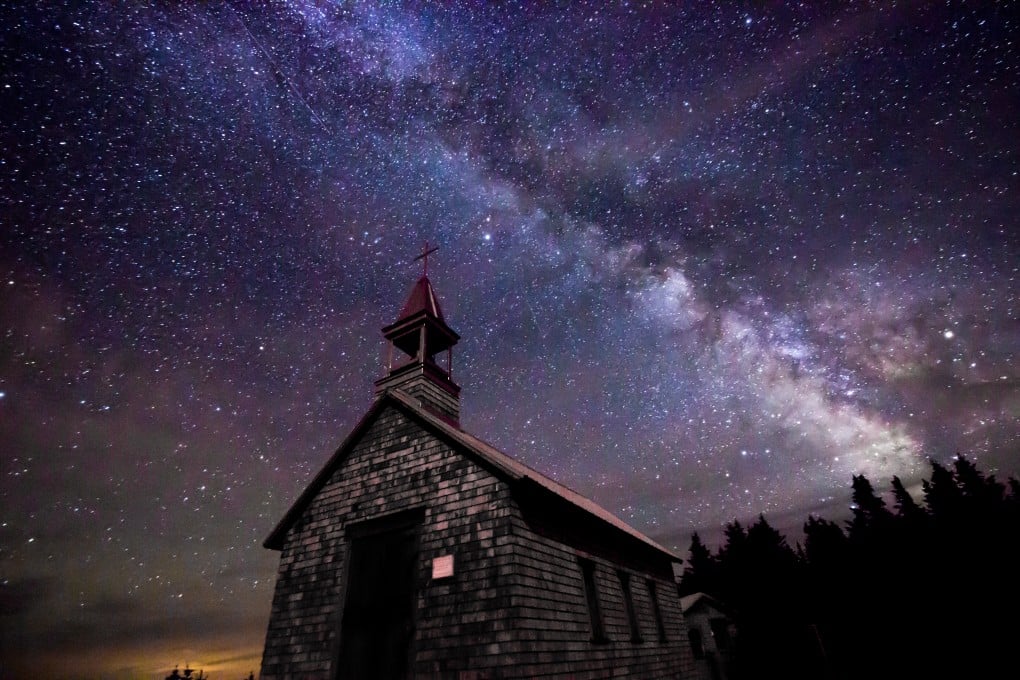Coronavirus silver lining: less pollution means more night sky – view it from home while you plan trips to world’s best dark-sky destinations
- Light and chemical pollution have fallen with factories and offices shut and road traffic reduced. Take advantage to see the night sky from your yard or balcony
- The clear skies won’t last once economic activity resumes, so plan your post-lockdown bucket list now. We’ve 10 of the best dark-sky destinations to consider

As flights are grounded and industry slows, some unintended consequences of the global coronavirus lockdown are emerging. In many parts of the world, noise pollution, chemical pollution and light pollution are at their lowest levels for many decades.
It’s quieter, the sky is clearer, and the stars at night are easier to find. For stargazers – on a constant quest to reach the world’s disappearing dark spots – this a moment to pause and look up. After all, it is only a temporary situation: once things return to normal, so will light pollution.
“Clearly the world is not consumed by the problem of light pollution at the moment, but I can characterise it best by noting how much it’s changing,” says John Barentine, director of public policy at the International Dark-Sky Association (IDA) in Tucson, Arizona.
Barentine says that light pollution is now affecting most of the world’s population. “Averaged globally, both the fraction of the Earth’s surface showing indications of artificial light and the amount of light seen are growing at two per cent per year, with some countries registering double-digit increases year on year.” The culprit is cheap LED lighting, which is energy-efficient yet increases the amount of light produced by cities.

Cue a boom in the creation of International Dark Sky Parks that seek to protect the night sky for future stargazers and astronomers. The parks, which are certified by the IDA, have recently spread to Asia. The newest in Asia is Hehuan Mountain in Taiwan, with nominations pending for new International Dark Sky Parks in Japan and China.
“It’s wonderful to see dedicated stargazing parks emerging all over the world,” says Tom Kerss, an astronomer who runs the weekly Star Signs podcast. “The importance of such places, where the beauty of the sky is preserved for future generations, cannot be overstated.”